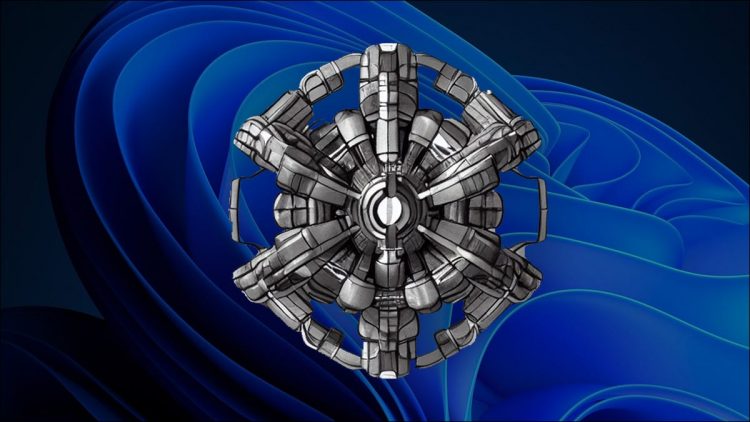UnstableFusion
Stable Diffusion is a popular tool for creating AI artwork, since it can run directly on your computer, instead of relying on cloud servers like DALL-E. However, Stable Diffusion isn’t as easy to use as web-based tools, which is starting to change.
Stable Diffusion is open-source software, and it usually requires installing various libraries and frameworks on your PC, then typing prompts into a command-line interface. There are many settings available for tweaking the output, which requires longer and more complex commands. The complexity has led to many front-end interfaces for Stable Diffusion, such as Diffusion Bee for Mac and Stable Diffusion web UI, which provide simple buttons and switches for generating art.
“UnstableFusion” is another front-end that is rising in popularity, available on Windows, Mac, and Linux. It’s a native desktop application, instead of a command-line tool or a local web server, so it’s one of the easiest ways to try Stable Diffusion right now. The main catch is that you still need to install Python, the Stable Diffusion model, and other components on your own — the full instructions are available in the readme file. After all that is installed, you don’t have to open the terminal or command line again. The below demo video from the project shows off what is possible.
UnstableFusion supports both “inpainting,” where the AI is applied to parts of an existing image, and “img2img,” which creates an image from scratch with a given text prompt. Options like strength, seed variable, and the number of steps are presented as simple sliders and text boxes. The Stable Diffusion model can either run locally on your PC, or you can connect the app to a remote Google Colab server.
UnstableFusion looks like one of the easiest ways to run AI image generation on your own computer, even if you still need to open the terminal or command line to install Python and other tools first. You can find more information at the below source link.
Source: GitHub
Source by www.howtogeek.com






























